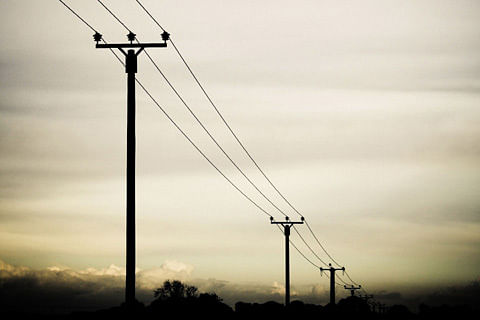Recently NHPC announced that Uri I HEP hadachieved the highest annual generation since its commissioningin 1997. This was good news for J&K as well since correspondingly its shareof free energy calculated at 12% of generated energy would also increase. Thisincrease in generation has been attributed to the higher discharge during theyear in River Jhelum. Similar has been the case with other hydro power projectsin the UT where the generation has been better than estimated due to samereason, i.e. increased flows in the respective rivers. Besides increasedprecipitation, the increased annual flows in rivers, particularly in riverswhich originate from or are fed by melting glaciers, is attributed to climatechange; the warming up of the earth resulting in increased glacial melt.
However, in spite of this increasedgeneration, for the consumers in J&K there seems to have no respite fromblackouts or as it is politely termed ‘load shedding’ by the government – theconsumers still suffer the regular power cuts and unfortunately unlike theprevious years this year, particularly in winter, the power cuts have beenlonger, frequent and most annoyingly erratic. The load curtailment scheduleissued by the department was never implemented properly and they suffered amuch higher degree of loading shedding than given in the curtailment schedule.
In this scenario of perennial load sheddingit is interesting to see how J&K, previously a state and now a unionterritory, fares in peak demand compared to other states and union territories.Looking at the figures of 2019-20 one notices that J&K’s total annual peakdemand was a mere 1.8% of the all India demand – J&K has had a peak demandof 3,400 MW compared to all India demand of 1,84,000 MW for the same period.
However, when we now look through the states and union territories one cannot fail to observe that J&K has by far the highest shortfall between peak demand and peak met amongst them all. The difference between annual peak demand and peak met, in J&K for 2019-20, was estimated at 681 MW which is nearly 54% of the shortfall at the all India level. So, J&K which accounts for a mere 1.8% of the peak annual demand but accounts for 54% of the peak shortfall aggregated at all India. It is as much shocking as it is revealing.
It is ironic that a state that once pridedin being one of the first to have commissioned a hydro power station (4 MWMohura on Jhelum in Baramulla) in India in 1905, today has by far the largestshortfall amongst all the states and union territories in the country. With ashortfall of 681 MW J&K ranks No 1 in shortfall followed by Uttar Pradesh(with peak demand nearly 7 times our demand) coming second.
Looking at the all India level power sectordata, it is clear that India is now energy surplus, both in generation capacityand in energy supplied. In such a scenario the fact that J&K has such ahuge gap between peak demand and supply raises a pertinent question as to whydoes J&K still have such a large shortfall between peak demand and peak metwhich leads to a heavy power curtailment program in J&K. When generation iscurtailed to match the demand there is no need for power curtailment in anystate or union territory. If the utility is willing to pay it should be able tobuy energy.
We will attempt to discuss this, in light of some additional data and more information, in second part of this writeup






